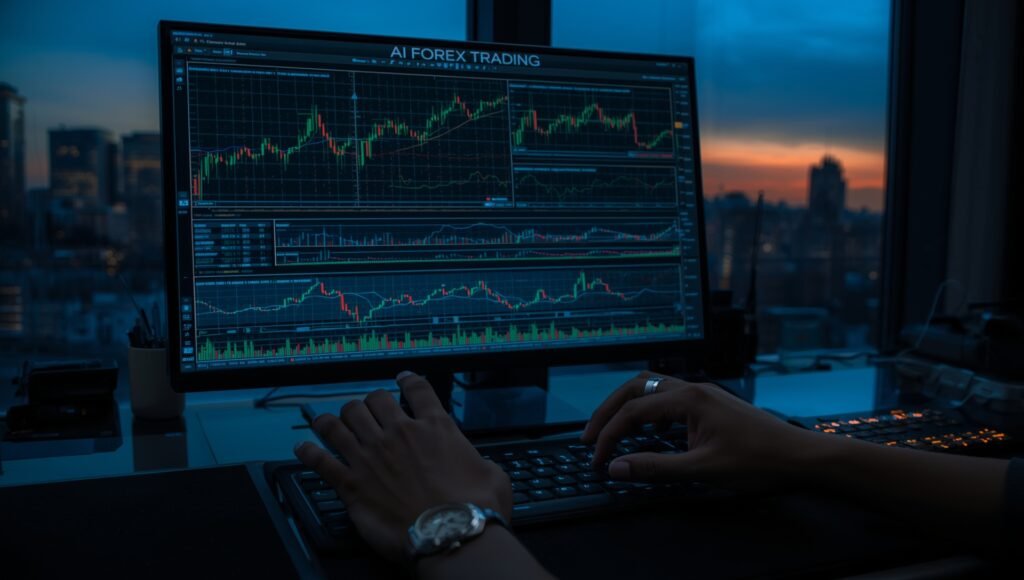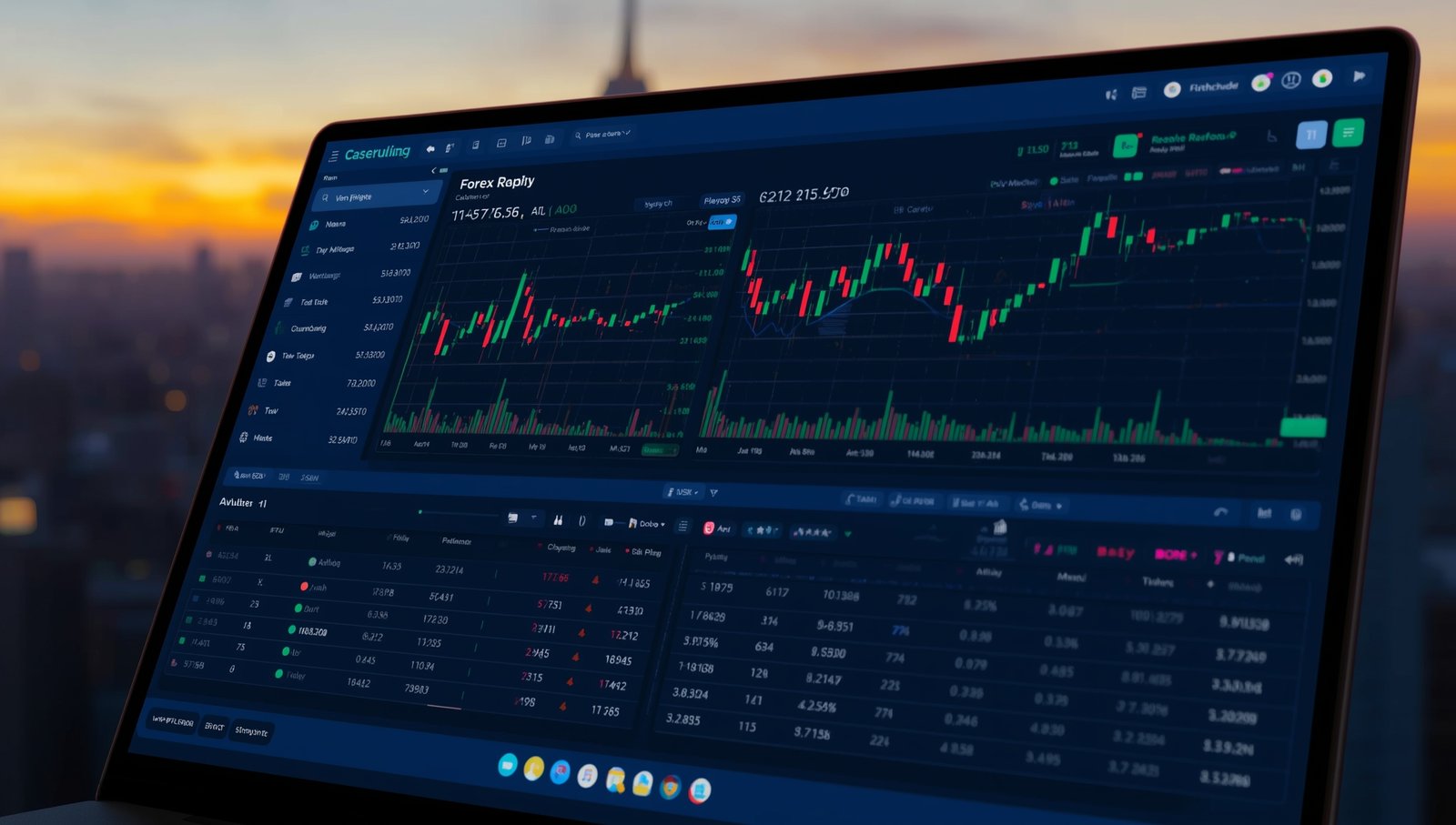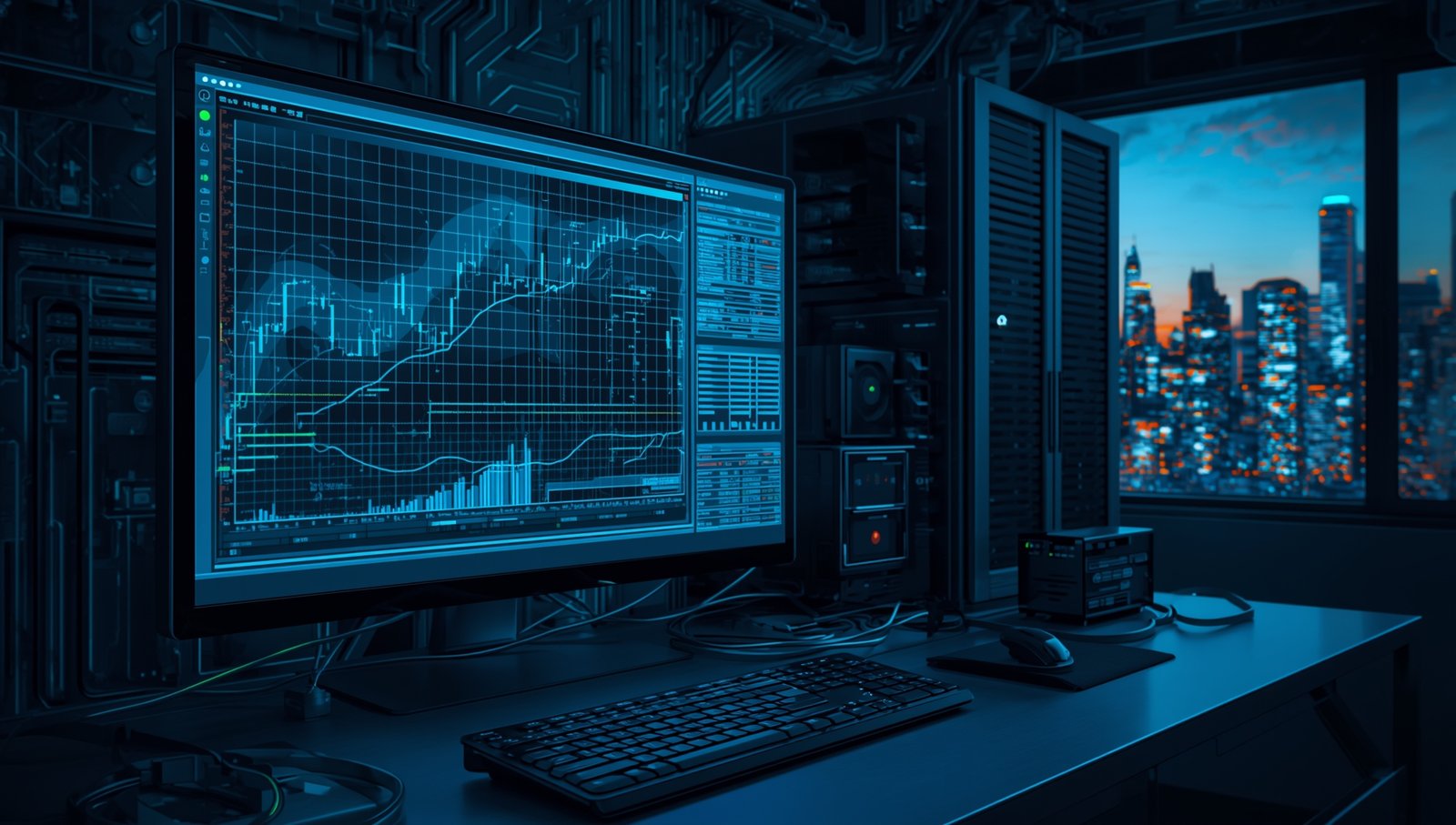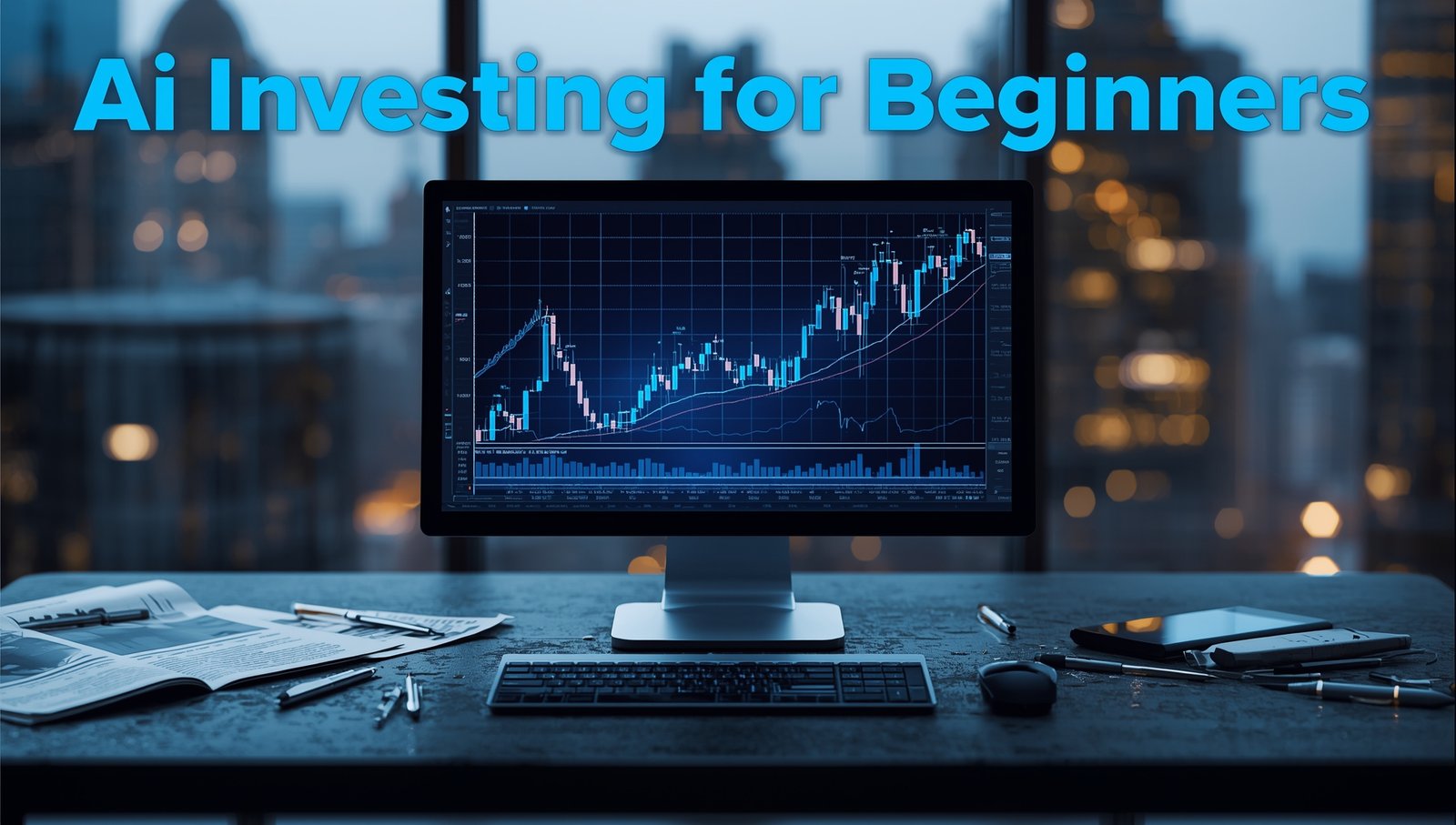The trading world has changed dramatically over the past decade. New traders now face a choice that didn’t exist before: should they trade manually or use technology to automate their decisions? Understanding how AI trading works compared to traditional manual trading can help you make better choices about your trading approach.
AI trading uses computer algorithms to analyze market data and execute trades automatically based on pre-programmed rules, while manual trading relies on human decision-making and execution. Both approaches carry risks, and neither guarantees profits in financial markets.
Understanding Manual Trading
Manual trading is the traditional approach where a person makes all trading decisions. The trader watches market charts, reads news, analyzes price patterns, and clicks buttons to buy or sell assets. This method has been around since stock markets began.
Manual traders spend hours studying price movements and market conditions. They look at charts, follow economic reports, and try to predict where prices will go next. When they see an opportunity, they place orders through their trading platform.
The process requires constant attention. Markets move quickly, and opportunities can disappear in seconds. Manual traders need to stay focused during trading hours, which can be mentally exhausting. They must also control their emotions when markets become volatile.
Many successful traders started with manual trading. It teaches important lessons about market behavior and risk management. However, human limitations affect this approach. People get tired, emotional, and can only process limited information at once.
How AI Trading Technology Functions
AI trading uses computer programs to make trading decisions. These programs, often called trading bots or algorithms, follow specific rules written into their code. An ai trading bot can monitor multiple markets simultaneously and execute trades faster than any human.
The technology works by analyzing market data continuously. The algorithms look for patterns, price movements, and trading signals. When conditions match the programmed criteria, the bot executes trades automatically without human intervention.
Modern AI trading systems use machine learning to improve their performance. They study historical data to identify patterns that led to profitable trades in the past. Some systems can process thousands of data points per second, something impossible for manual traders.
These systems don’t sleep or take breaks. They can monitor markets 24 hours a day, which is particularly useful for cryptocurrency markets that never close. The technology removes emotional decision-making from trading, executing trades based purely on data and predefined rules.
However, AI trading systems are only as good as their programming. They follow instructions without judgment, which means they can make mistakes if market conditions change unexpectedly. Users must understand that ai trading automation involves significant risk, just like manual trading.
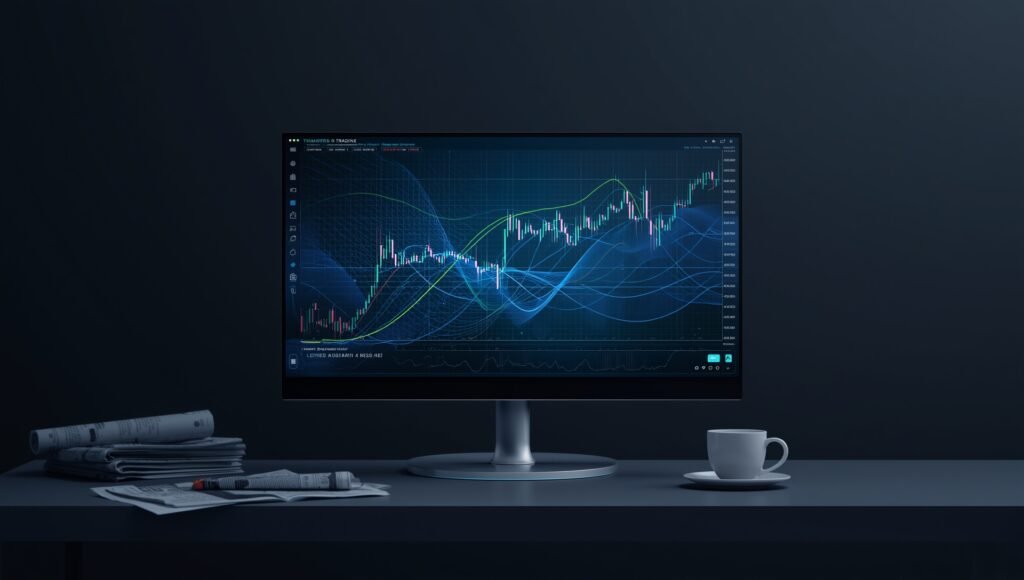
Key Differences Between Both Approaches
The contrast between AI and manual trading extends beyond just who or what makes the decisions. Here are the main differences:
Speed and Execution
- AI systems can execute trades in milliseconds
- Manual traders need time to analyze and click buttons
- Automated systems can act on opportunities before humans notice them
- Manual trading depends on internet connection speed and human reaction time
Emotional Control
- Algorithms follow rules without fear or greed
- Human traders often make impulsive decisions during market stress
- AI doesn’t panic during market crashes or get overconfident during rallies
- Manual traders must actively work to control emotional responses
Market Monitoring
- AI can watch hundreds of assets across multiple markets simultaneously
- Manual traders typically focus on a few assets at a time
- Automated systems never need sleep or breaks
- Human traders have limited attention spans and need rest
Flexibility and Adaptation
- Manual traders can quickly adapt to unexpected news or events
- AI systems follow programmed rules and may not adjust to unusual situations
- Humans can use intuition and context that algorithms might miss
- Algorithms require reprogramming to change strategies
Learning Curve
- Manual trading requires learning chart analysis and market psychology
- AI trading requires understanding technology and algorithm parameters
- Both approaches demand knowledge of risk management
- Neither approach guarantees success or eliminates the need for education
Comparison Table: AI vs Manual Trading
| Factor | AI Trading | Manual Trading |
| Execution Speed | Milliseconds | Seconds to minutes |
| Emotional Impact | None | Significant |
| Time Commitment | Setup and monitoring | Constant attention |
| Market Coverage | Multiple markets simultaneously | Limited focus |
| Adaptability | Requires reprogramming | Immediate adjustment |
| Initial Learning | Technology and parameters | Chart analysis and psychology |
| Operating Hours | 24/7 capability | Limited by human endurance |
What New Traders Should Consider
Choosing between AI and manual trading depends on your personal situation, goals, and resources. Neither approach is universally better than the other.
Consider your available time. If you have a full-time job and cannot watch markets during the day, automation might make more sense. Manual trading requires significant time investment during market hours.
Think about your technical skills. Using platforms like Korvato requires understanding how to set parameters and risk levels. Manual trading needs skills in chart reading and market analysis. Both require learning, just different types.
Assess your emotional temperament. Some people handle market volatility well, while others make impulsive decisions under stress. If you know you struggle with emotional control, automated systems might help remove that variable.
Understand the risks involved. All trading carries risk of loss, regardless of method. Automated systems can lose money just as quickly as manual trading. Past performance never guarantees future results, whether from an algorithm or a human trader.
Consider starting small with either approach. Many traders use both methods, automating some strategies while manually trading others. This hybrid approach lets you learn both systems while managing risk.
Remember that technology doesn’t eliminate risk or guarantee profits. Companies like Korvato provide tools, but users set their own risk parameters and make final decisions about their trading approach. No system, human or automated, can predict markets with certainty.
Finding Your Trading Path
The choice between AI trading and manual trading isn’t about finding the “right” answer. Both methods have helped traders succeed, and both have led to losses. What matters is understanding how each approach works and which fits your situation better.
New traders benefit from education regardless of their chosen method. Learn about market fundamentals, risk management, and the specific tools you plan to use. Don’t rush into live trading with real money until you understand the risks involved.
Start with small amounts you can afford to lose completely. Trading, whether automated or manual, involves substantial risk. Never invest money you need for essential expenses or cannot afford to lose.
The financial markets are heavily regulated for good reason. They involve real financial risk. No article, tool, or system can eliminate that risk or guarantee profits. Approach trading with realistic expectations and proper education.
Your trading journey is personal. What works for one trader may not work for another. Take time to learn, practice with small amounts, and develop an approach that matches your goals, skills, and risk tolerance. The tools are available, but the responsibility for using them wisely remains yours.
Disclaimer: This article is for educational purposes only. It does not constitute professional advice. Readers should conduct their own research or consult a qualified expert before making any decisions based on the information provided.
